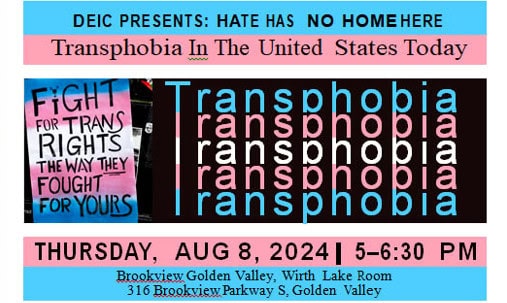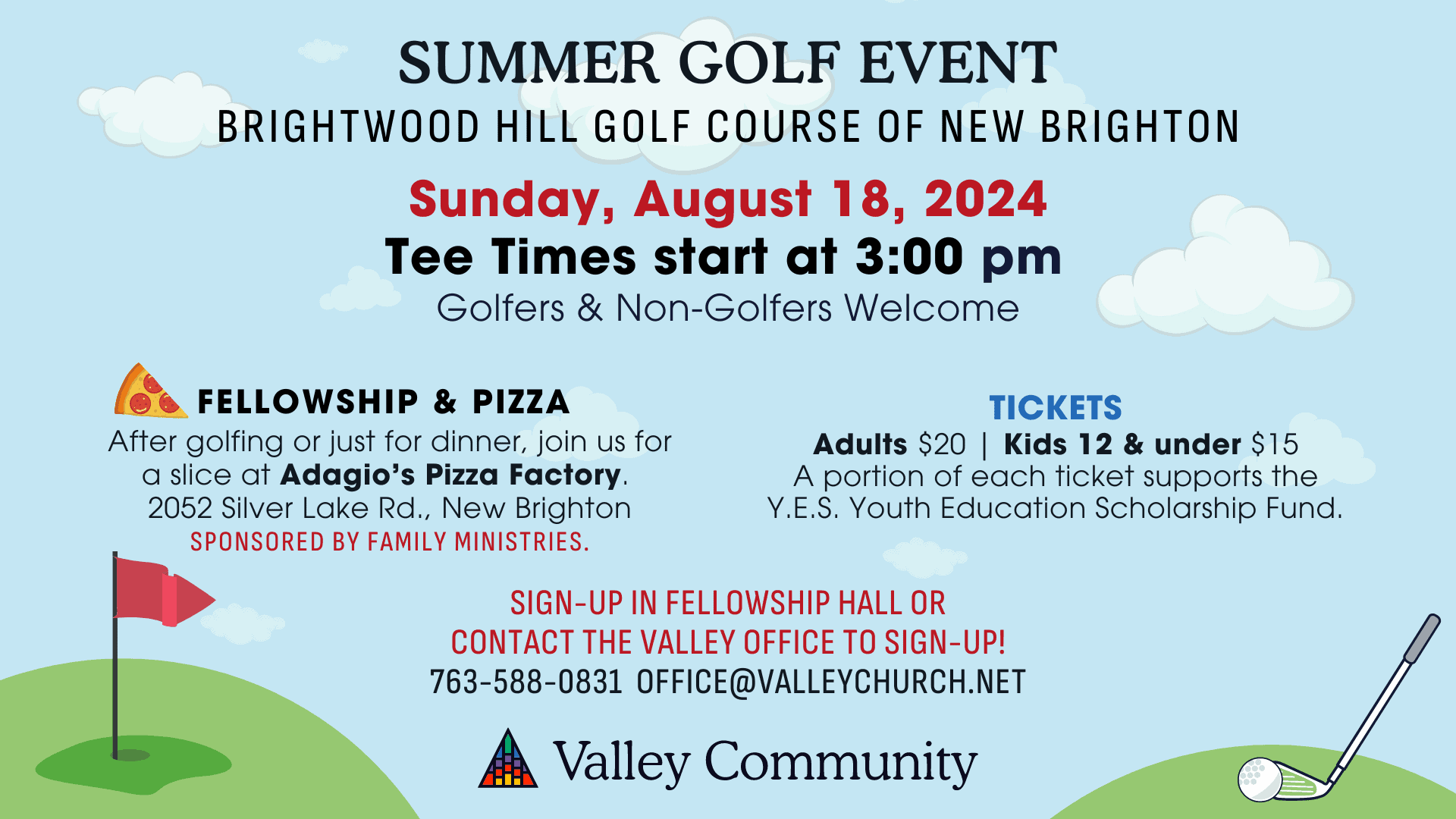
Program Notes: Duo pour violon et violoncelle, a single Allegro movement for violin and cello by Maurice Ravel, was issued as part of a collection of pieces called Le Tombeau de Claude Debussy by various composers to memorialize Claude Debussy (1862-1918). The other composers in the collection included Stravinsky, Erik Satie, Béla Bartók, Paul Dukas, Manuel de Falla and more. What united these composers was a desire to pay tribute to the role Debussy had in developing a new tonal language to express their own personal and national idioms. Debussy had innovated beyond the predominating German school of composition of the late 1800s to found his own personal idiom, using cosmopolitan influences ranging from Indonesian and Chinese folk music, to jazz, to older French chansons. The sparing textures you hear are also part of the post World War I compositional style of dépouillement, of stripping away textures to their simpler forms, an idiom well suited to small chamber music ensemble. The other movements of what became the Sonata pour Violon et Violoncelle were written in 1922, with similar influences from the burgeoning Jazz Age of the 1920s in the 2nd movement especially, to Chinese folk song in the 3rd and 4th movements. Zoltan Kodaly was present at many of the composer meetings in early 20th century Paris, even premiering his solo piano work Nine Piano Pieces Op. 3 in that milieu. Kodaly, who traveled throughout Hungary, Slovakia and Romania in the early 20th century gathering Hungarian folk music together with Bartok, used the tonal inspirations of Debussy, Ravel and Stravinsky to enliven his works which drew from the vast material of Hungarian folk song he had helped to gather.
In this program, you will hear both the popular and folk sources that inspired the violin and cello works by Ravel and Kodaly.
Violinist Evan Shallcross began his musical training in the Twin Cities under the instruction of violinists Robin and Taichi Chen. Since earning degrees from Oberlin Conservatory (BM) and the Yale School of Music (MM). He has performed and held positions with major orchestras in the United States and abroad, including the New Haven Symphony, Minnesota Orchestra, Macao Orchestra, City Chamber Orchestra of Hong Kong, and as concertmaster of the Gustav Mahler Orchestra of Hong Kong. Currently he is concertmaster of the St. Cloud Symphony. Outside of music, Evan enjoys philosophy, dance, and absurd comedy.
Cellist Charles Asch performs throughout Minnesota on music from the baroque to contemporary eras. He stems from Milwaukee, Wisconsin, and completed his Doctor of Musical Arts studies at University of Minnesota in 2017. He completed his Master of Music degree at Juilliard, and Bachelor of Music degree at Northwestern University in Music Performance and German Literature. He performs with Lyra Baroque Orchestra and Bach Society of Minnesota, as well as with many other local performing organizations.
More Upcoming Events

Valley Night Out with Open Eye Theater Puppet Show

Hate Has No Home Here: Transphobia in the US
